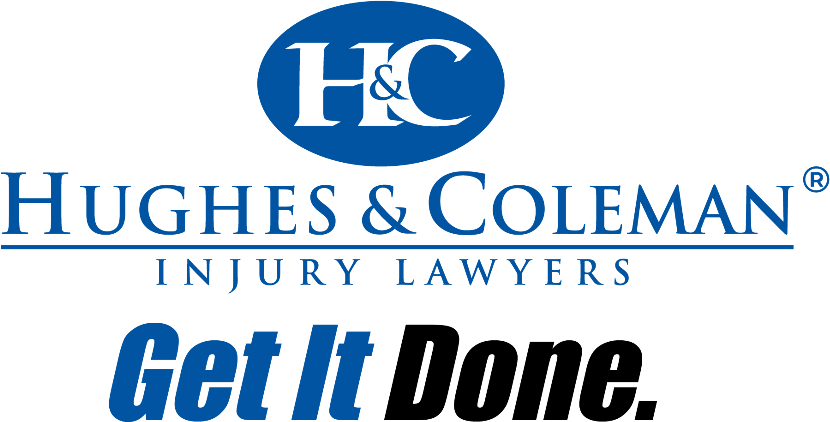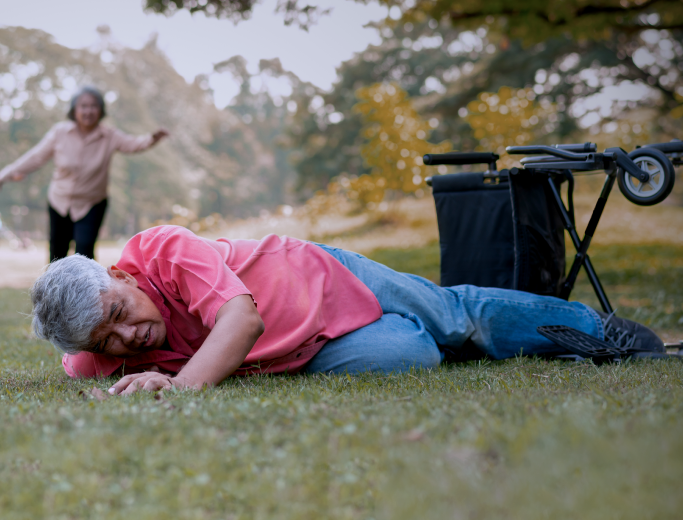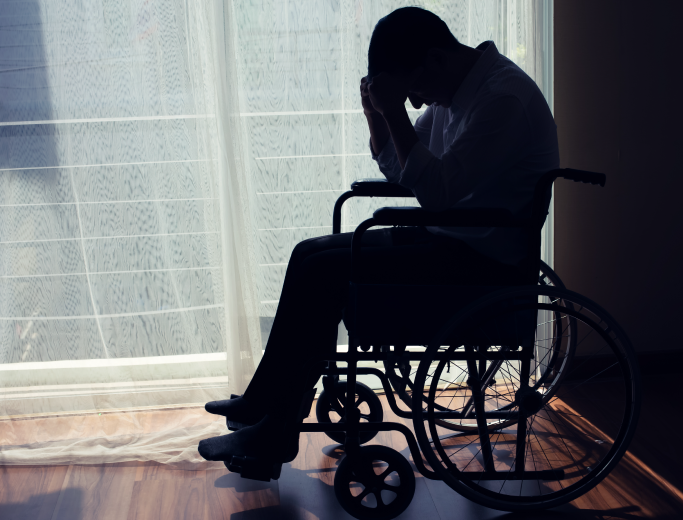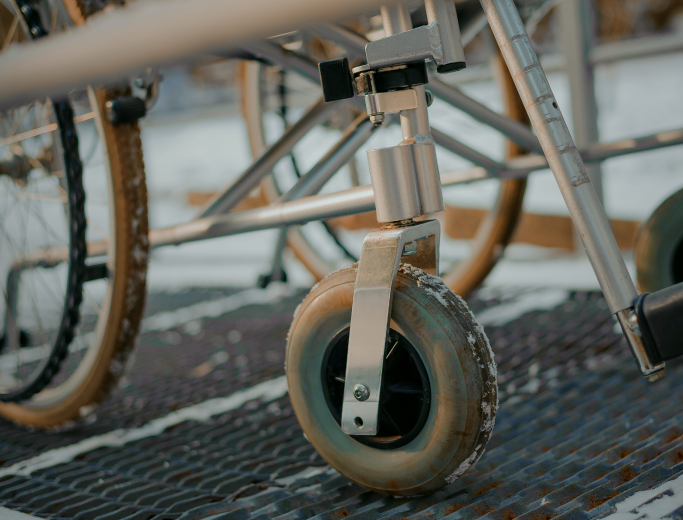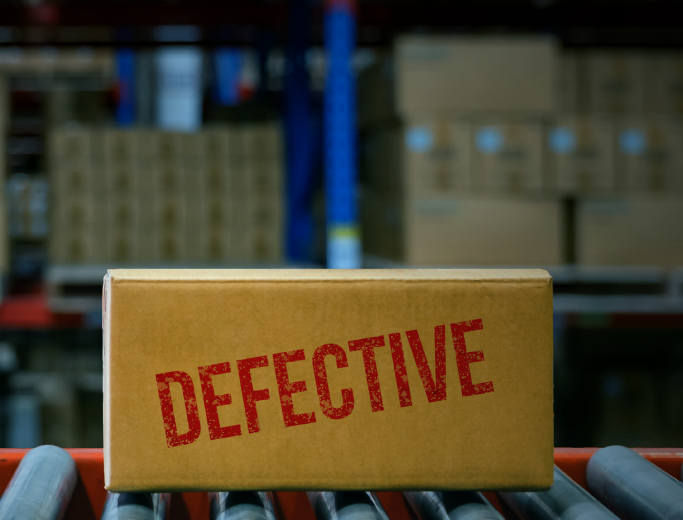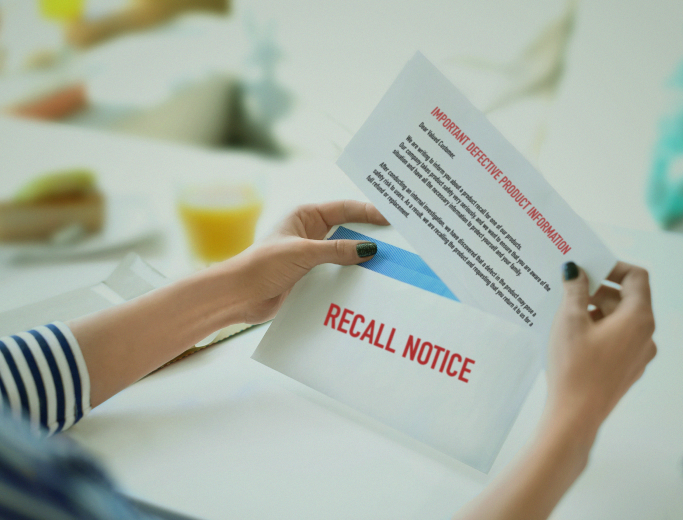How do harmful products make it into the market?
Dangerous and defective products enter the market in various ways, putting unsuspecting consumers at risk. When people go shopping, there is a sense of trust between buyer and seller that the product being purchased is safe if used as intended. When someone purchases a vehicle, they expect it to be built according to certain safety requirements that are placed on vehicles of that type. Medical products, mobile phones, power tools, and many other products are sold each day with the assumption they will be safe if purchased and used correctly. However, even with certain requirements and metrics being placed on manufacturers, a number of products end up released in the market and later deemed defective, which can cause serious injuries to consumers. A product may end up recalled due to contamination during the manufacturing process, failing to properly test and/or inspect a product, using inferior materials or ingredients, or failing to assemble a product properly.
Regardless of how a defective good arrives on the shelf, the reason is almost always due to manufacturers cutting costs, lack of oversight, or plain negligence. The products we purchase are required to undergo a rigorous quality control process and be suitable for use or for consumption before ever reaching a buyer. Unfortunately, manufacturers often cut corners and put consumer safety at risk. The result might end in harmful and faulty goods. Injuries or accidents from unreliable household products or vehicles can be fatal, traumatic, and costly.
